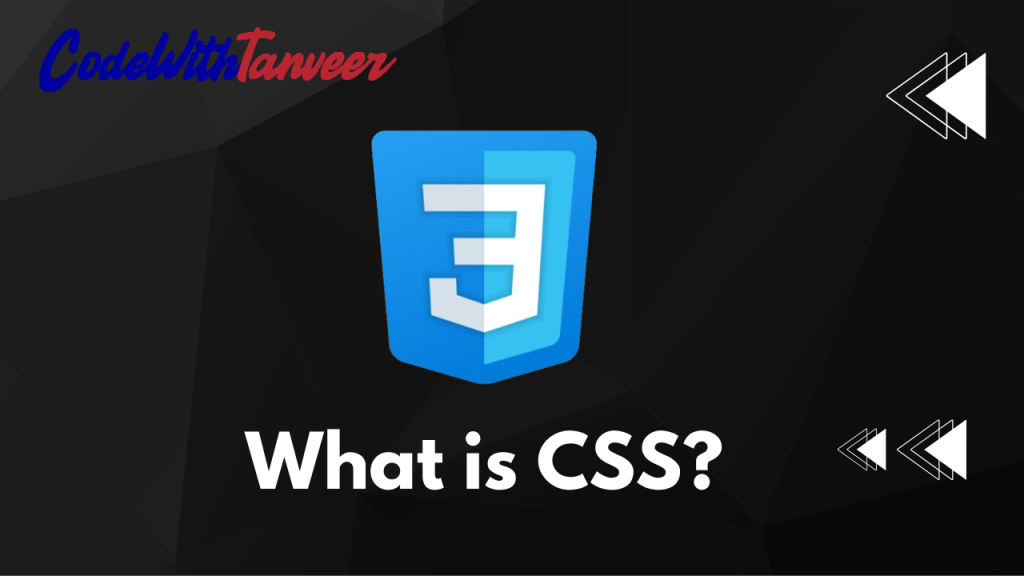Cascading Style Sheets (CSS) is a fundamental technology used in web development to style and design websites. It works alongside HTML (HyperText Markup Language) to control the visual appearance of web pages, including layout, colors, fonts, and animations.
What Does CSS Do?
CSS separates content (HTML) from presentation (styling), making websites more flexible and easier to maintain. Key functions of CSS include:
- Styling Text – Adjusting font size, color, weight, and spacing.
- Layout Control – Positioning elements using grids, flexbox, or floats.
- Responsive Design – Making websites adapt to different screen sizes.
- Animations & Effects – Adding transitions, hover effects, and keyframe animations.
How CSS Works
CSS uses selectors to target HTML elements and apply styling rules. A basic CSS rule consists of:
selector {
property: value;
}
h1 {
color: blue;
font-size: 24px;
}This code changes all <h1> headings to blue with a 24-pixel font size.
Types of CSS
There are three ways to apply CSS to a webpage:
1. Inline CSS – Styles applied directly within an HTML tag.
<p style="color: red;">This is red text.</p>2. Internal CSS – Defined within a <style> tag in the HTML <head>.
<head>
<style>
p { color: green; }
</style>
</head>3. External CSS – Stored in a separate .css file and linked to HTML.
<link rel="stylesheet" href="styles.css">Why Use CSS?
- Consistency – Apply the same style across multiple pages.
- Faster Loading – Reduces code duplication compared to inline styles.
- Better SEO – Cleaner code improves search engine rankings.
- Easier Maintenance – Change styles globally by editing one file.
CSS Frameworks & Preprocessors
To speed up development, developers use:
- CSS Frameworks (Bootstrap, Tailwind CSS) – Pre-designed components.
- Preprocessors (Sass, Less) – Add features like variables and nesting.
Conclusion
CSS is essential for creating visually appealing and responsive websites. By mastering CSS, you can enhance user experience and design professional web pages efficiently.



